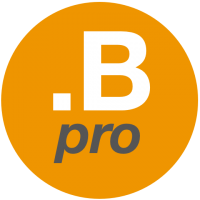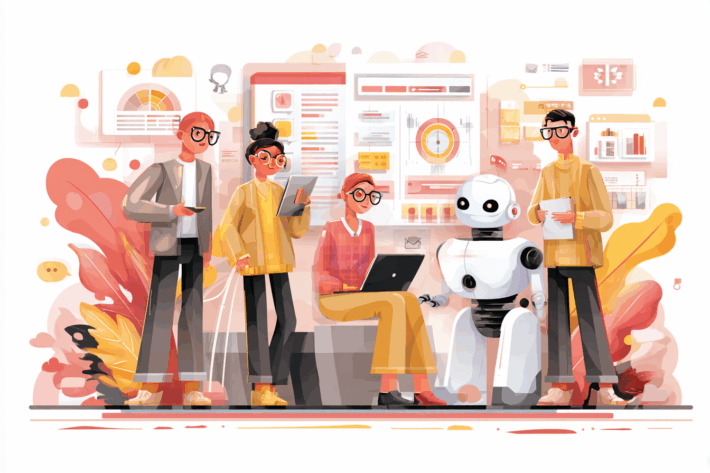In an increasingly competitive business landscape, organizations are constantly seeking ways to boost team efficiency. The pressure to deliver results while managing resources effectively can be overwhelming. Enter artificial intelligence (AI) and automation — transformative technologies that can streamline processes, enhance productivity, and elevate teamwork to new heights.
Understanding AI and Automation
Before diving deeper into how these technologies can improve team efficiency, it’s essential to understand what AI and automation entail. AI refers to systems or machines that simulate human intelligence to perform tasks. Automation, on the other hand, involves using technology to perform tasks with minimal human intervention. Together, these tools can revolutionise how teams operate.
The Limitations of Traditional To-Do Lists
To-do lists have long been a staple of personal and team productivity. They provide a way to organise tasks and prioritise responsibilities. However, relying solely on a to-do list can create several inefficiencies, including:
- Lack of Context: Traditional lists often don’t account for the context or priority of tasks, making it easy for critical items to slip through the cracks.
- Time Management Issues: They can lead team members to focus on completing tasks rather than understanding their impact on larger goals.
- Communication Breakdown: Without clear communication, team members may duplicate efforts or overlook important tasks.
While to-do lists have their place, it’s crucial to supplement them with advanced solutions that can exponentially boost team efficiency.
How AI Enhances Team Efficiency
Intelligent Task Management
AI-powered task management tools can intelligently prioritise tasks based on urgency, deadlines, and team members’ workloads. By analysing historical data, these systems can recommend the most important tasks to focus on, ensuring that team members spend their time on what truly matters.
For instance, tools like Asana and Trello incorporate AI algorithms that assess the complexity of tasks and allocate resources accordingly. This not only helps individuals focus on high-priority items but also enhances overall team productivity.
Smart Notifications and Reminders
AI-driven platforms can also automate reminders and notifications tailored to individual work habits. These systems analyse patterns in employees’ performance and can send timely reminders or nudges to keep them on track without overwhelming them. This personalised approach helps minimize distractions while keeping team members focused on their responsibilities.
Advanced Analytics
AI can provide in-depth analytics about team productivity. By evaluating data on task completion rates, project timelines, and team collaboration metrics, organizations can uncover insights that highlight bottlenecks or inefficiencies. These insights enable leaders to make informed decisions, implement changes, and ultimately foster a more agile work environment.
The Role of Automation in Enhancing Efficiency
Streamlined Workflows
Automation can significantly simplify workflows by eliminating repetitive tasks that consume valuable time. For instance, automating data entry, invoice processing, and reporting can free up team members to focus on higher-value activities. Tools like Zapier and Microsoft Power Automate facilitate seamless integration between apps, enabling automated workflows that span multiple platforms.
For example, when a new lead is captured in a CRM, automation can immediately send a welcome email, notify the sales team, and update the lead status, all without any manual intervention. This sustainable approach ultimately enhances team efficiency.
Enhanced Collaboration Tools
Collaboration is at the heart of any successful team. Automation can improve collaboration by streamlining communication processes. Platforms like Slack and Microsoft Teams allow users to automate notifications, task assignments, and meeting scheduling. This not only reduces the back-and-forth nature of communication but also ensures everyone is on the same page.
AI also plays a key role in collaboration tools by offering features like smart suggestions for responses or document edits, ensuring that team members can collaborate effectively without getting bogged down by administrative tasks.
Intelligent Resource Allocation
AI can analyse the workloads and skills of team members and suggest an optimal allocation of resources. By ensuring that tasks are assigned to individuals best suited to complete them, organisations can enhance the quality of work while maximizing team efficiency. This dynamic allocation not only keeps morale high but also guarantees that deadlines are met with the best possible outcomes.
Embracing Change and Fostering a Culture of Efficiency
While incorporating AI and automation into workflows is essential, it’s equally important to cultivate a culture of adaptability and continuous improvement. Encourage teams to embrace new technologies by providing training and support. Share the successes of early adopters and celebrate instances where technology has led to better outcomes.
Closing Thoughts
In conclusion, while to-do lists serve as a useful starting point for task management, they are just the tip of the iceberg in the quest to boost team efficiency. By leveraging AI and automation, organizations can streamline processes, enhance collaboration, and create a more empowered workforce.
Embracing these technologies will not only lead to immediate improvements in team performance but will also position businesses for future success in an ever-evolving digital landscape. The time to move beyond the traditional to-do list is now — let AI and automation pave the way toward a more efficient and productive workplace.

